Master water heater installation basics and safety tips to protect your home and family. Learn essential steps and precautions to ensure a secure and efficient setup. Ready to upgrade your water heater? Discover expert advice now.
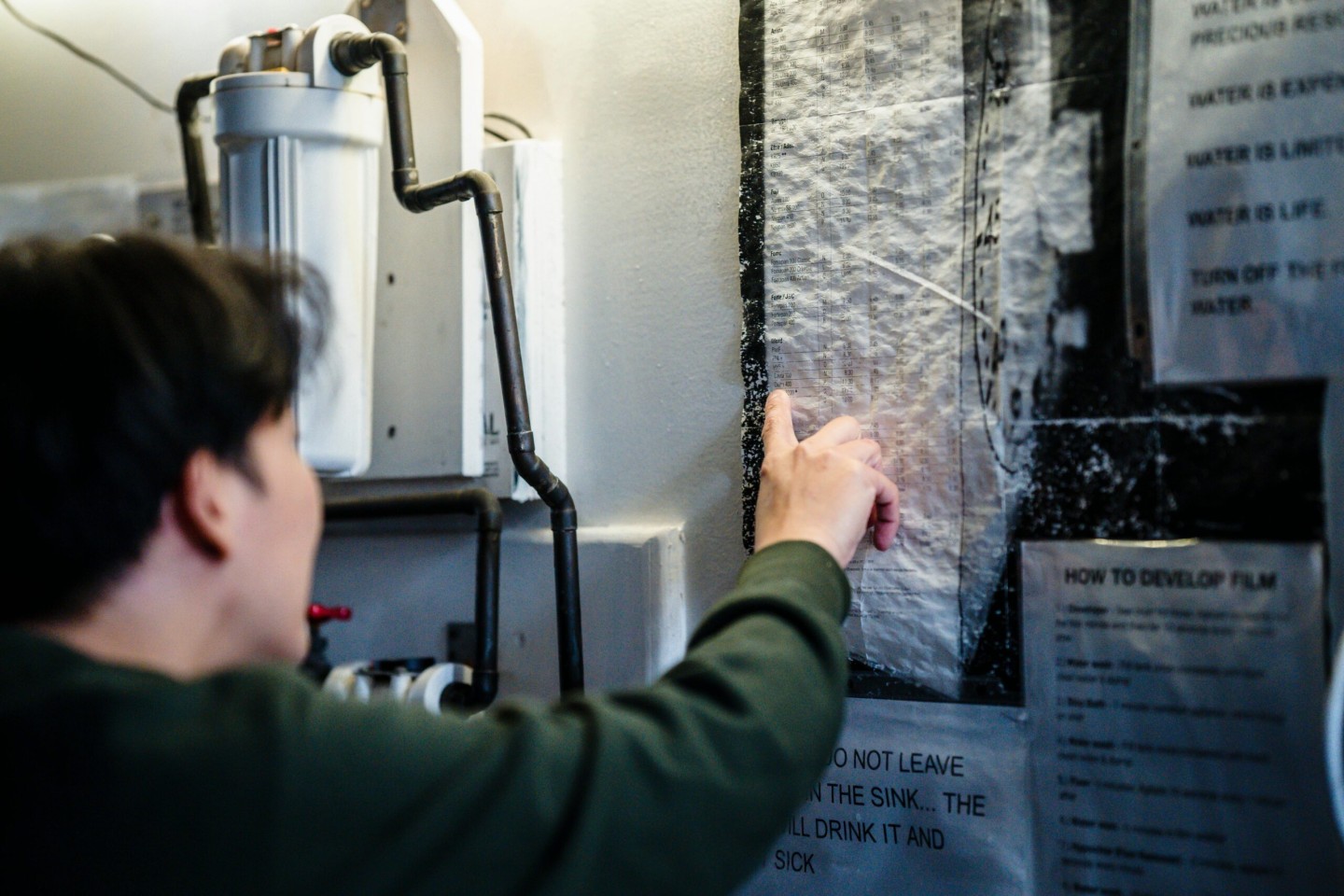

Master water heater installation basics and safety tips to protect your home and family. Learn essential steps and precautions to ensure a secure and efficient setup. Ready to upgrade your water heater? Discover expert advice now.

Discover the common causes of low water pressure in homes and how to address them effectively. Improve your water flow with practical tips and solutions tailored for homeowners. Read on to restore your home's water pressure today.
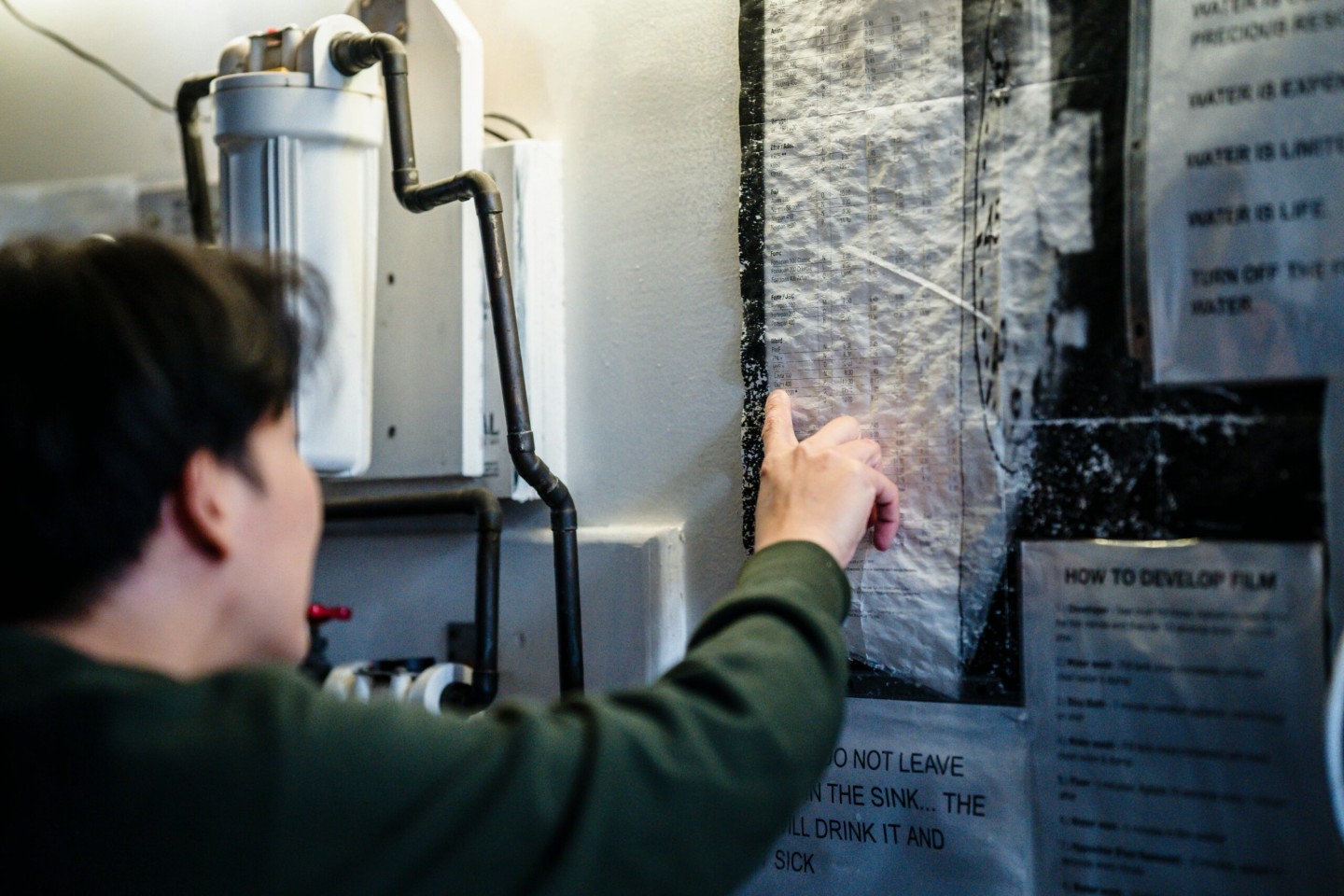
Struggling to pick the perfect water heater? Discover key factors to consider for efficient, cost-effective home heating. Learn the essentials and find the ideal fit for your lifestyle and budget. Start making an informed choice today!

Keep your business running smoothly with essential grease trap maintenance tips. Understand why regular cleaning prevents costly plumbing issues and protects your environment. Learn practical strategies to stay compliant and efficient—discover more to optimize your operations today.

Protect your home from harsh New Jersey winters by preventing frozen pipes with simple, effective tips. Learn how proper insulation and winter prep can save costly repairs. Stay ahead of the cold season and keep your plumbing safe—discover essential prevention strategies today.
Upgrade your older home with smart fixture replacements that blend style and functionality. Discover key tips to modernize while preserving charm. Enhance your space effortlessly—read on for expert advice to transform your living environment today.
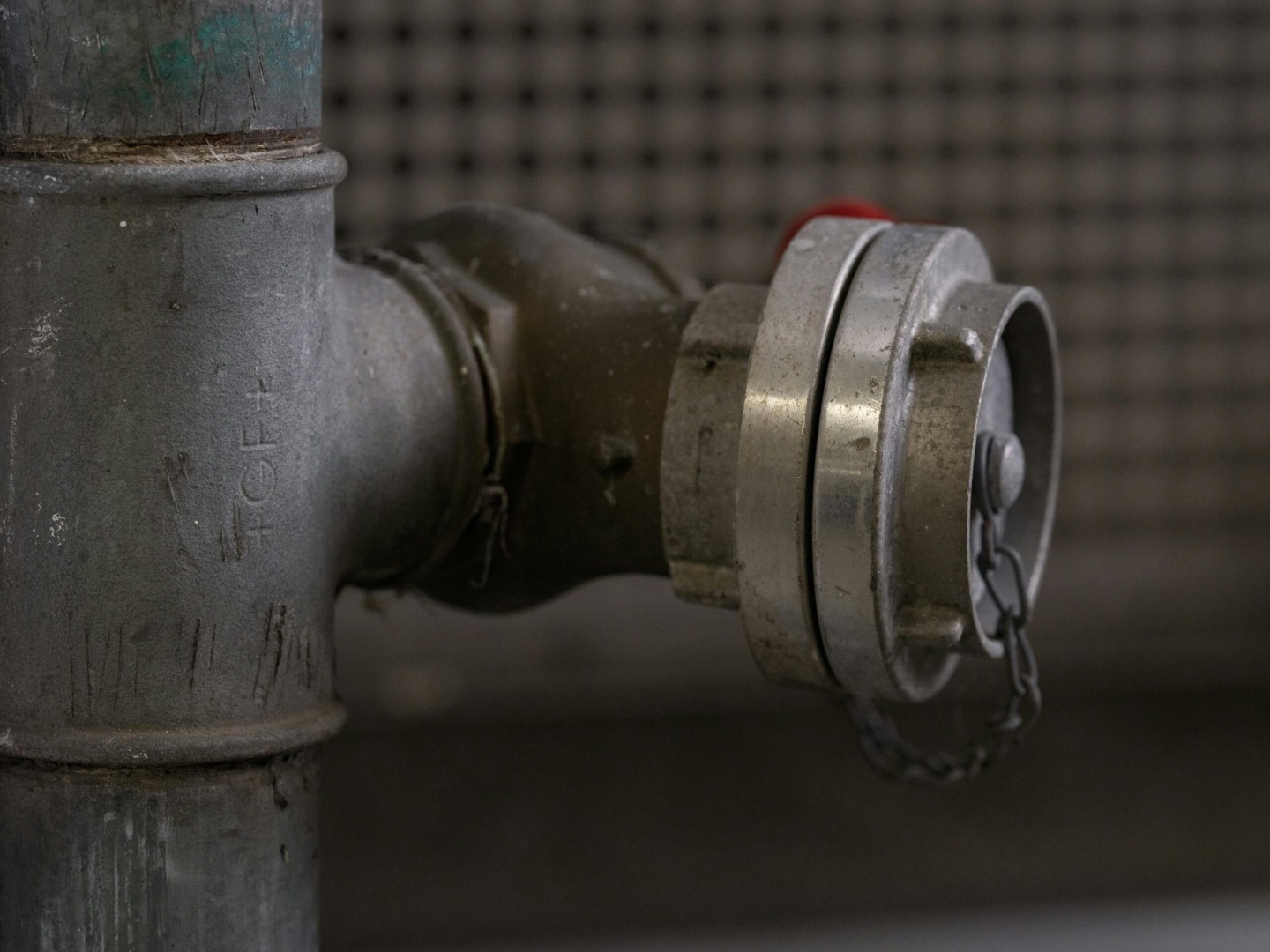
Discover how backflow prevention safeguards your home's plumbing from contamination and costly repairs. Learn the essential steps to protect your water supply and ensure safety. Stay informed and keep your plumbing secure—read more now.

Save water and lower bills by upgrading your bathroom plumbing with efficient fixtures and smart solutions. Discover how simple upgrades can transform your bathroom into an eco-friendly space. Start improving your water efficiency today with practical tips and expert advice.
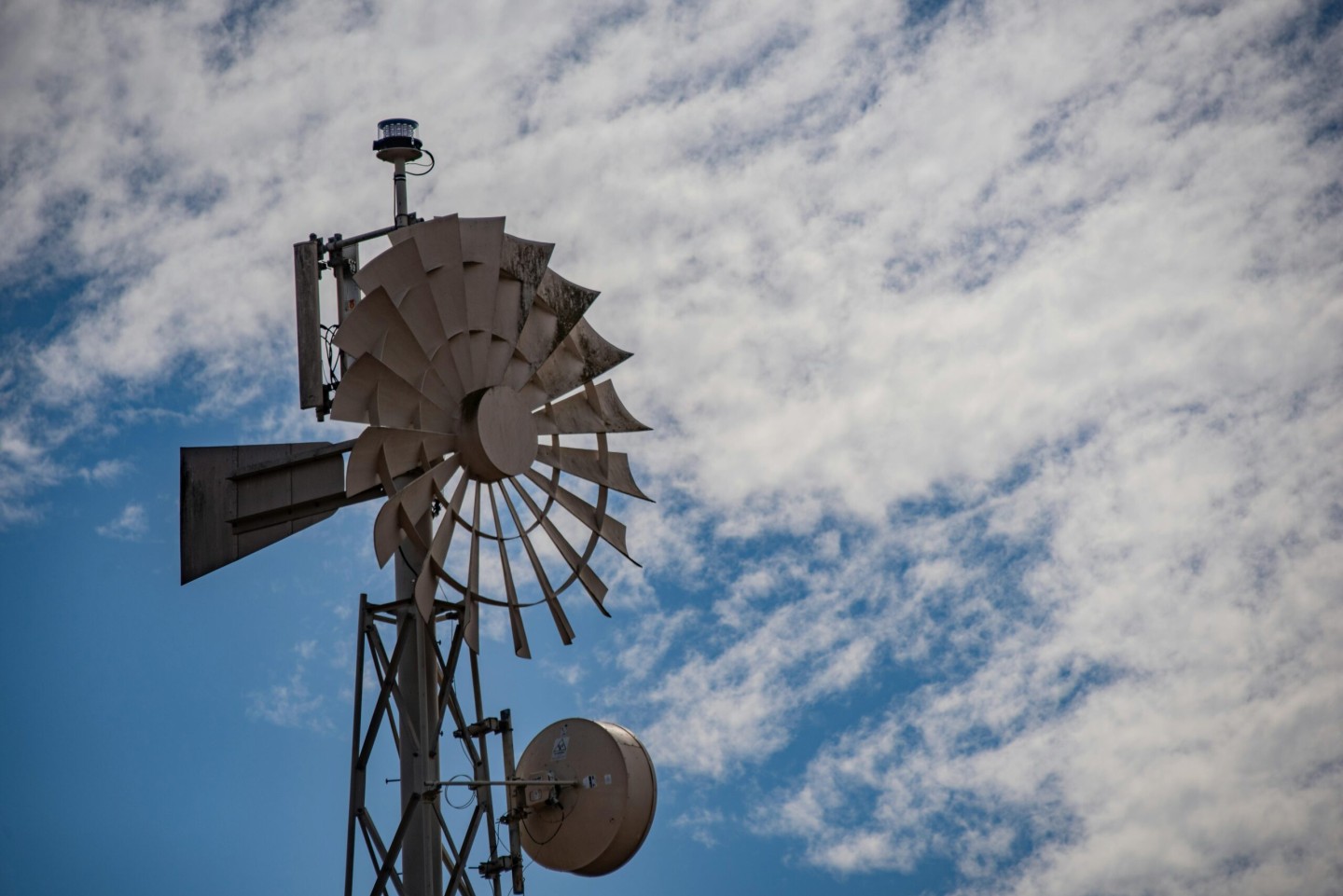
Prevent basement flooding with easy sump pump maintenance tips. Learn how regular checks and upkeep keep your home dry and protected. Stay ahead of water damage risks—discover essential steps now to safeguard your basement effectively.
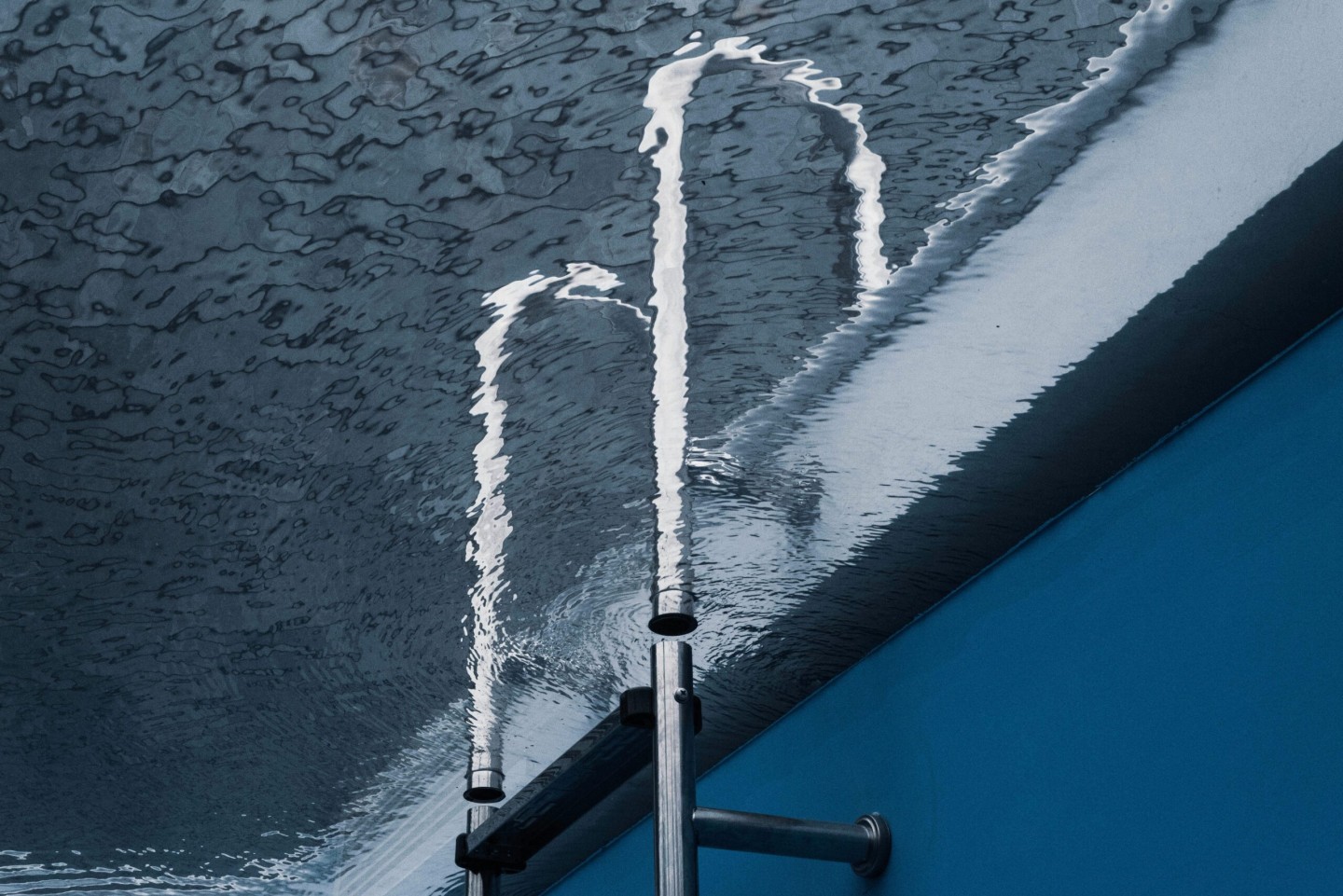
Understanding New Jersey plumbing codes is essential for new homeowners to ensure safety and compliance. Learn the key requirements and avoid costly mistakes when installing or updating your plumbing system. Stay informed and make your home code-compliant with practical tips inside.
Jersey Plumbing Service
PO Box 7371
Hillsborough, NJ 08844
Click to Email Us
Fax: 1-908-647-1517
NJ Masters Plumbers License #7359
Copyright © 2018 All Rights Reserved
Site Designed & Managed by Lattice Marketing
Recent Comments